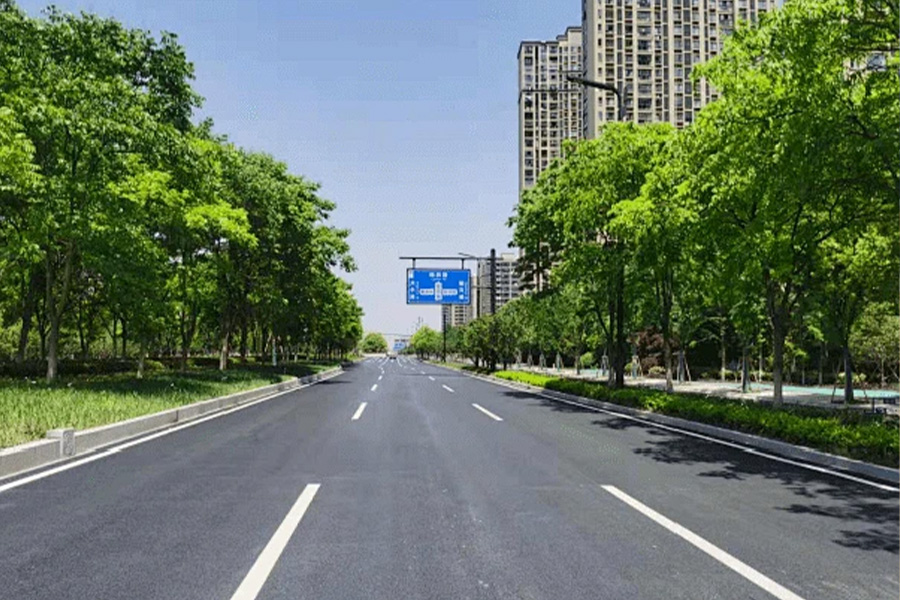Urban road infrastructure is a cornerstone of modern city life, playing a vital role in enhancing mobility and connectivity within urban areas. As cities continue to grow and develop, the need for efficient and reliable transportation networks becomes increasingly important. Urban roads serve as the backbone of these networks, facilitating the movement of people, goods, and services throughout the cityscape.

One of the primary functions of urban road infrastructure is to enhance mobility. In modern cities, where populations are dense and the demand for transportation is high, efficient road networks are essential for keeping traffic flowing and reducing congestion. By designing and maintaining roads that are capable of handling high volumes of traffic, urban planners and engineers can help to ensure that people and goods can move quickly and easily from one place to another.
In addition to enhancing mobility, urban road infrastructure also plays a crucial role in promoting connectivity. Roads connect different parts of the city, linking neighborhoods, business districts, and recreational areas. This connectivity is essential for fostering economic growth, as it allows businesses to access markets, customers, and suppliers with ease. Moreover, well-connected urban areas are more attractive to residents and visitors, who appreciate the convenience and accessibility that a well-developed road network provides.
To meet the challenges of modern urban life, urban road infrastructure must be designed and maintained with a focus on efficiency, safety, and resilience. Efficiency is crucial, as urban roads must be capable of handling the high demands placed on them by busy city life. Safety is also a top priority, as roads must be designed to minimize the risk of accidents and injuries. Finally, resilience is important, as urban road infrastructure must be able to withstand the impacts of natural disasters and other unforeseen events.
In recent years, technological advancements have played a significant role in shaping the development of urban road infrastructure. For example, the use of intelligent transportation systems (ITS) has helped to improve traffic flow and reduce congestion by providing real-time information about road conditions and traffic patterns. Similarly, the adoption of autonomous vehicles and connected car technology has the potential to revolutionize urban transportation, making it more efficient, safe, and convenient for all users.
However, the development of urban road infrastructure is not without its challenges. One of the most significant obstacles is the need to balance the demands of different stakeholders, including residents, businesses, and government agencies. Urban planners and engineers must work closely with these stakeholders to ensure that road projects meet their needs and expectations while also aligning with broader city planning goals.
In addition to stakeholder engagement, urban road infrastructure projects must also take into account environmental and social considerations. For example, road construction can have significant impacts on local ecosystems and communities, so it is important to minimize these impacts through careful planning and mitigation measures. Similarly, road projects must be designed to be inclusive and accessible, ensuring that all residents, regardless of their ability or income level, can benefit from improved mobility and connectivity.
In conclusion, urban road infrastructure is a critical component of modern city life, playing a vital role in enhancing mobility and connectivity. By designing and maintaining roads that are efficient, safe, and resilient, urban planners and engineers can help to create vibrant, connected, and sustainable cities that meet the needs of their residents and visitors. As technological advancements continue to shape the future of urban transportation, it is important to stay informed and adapt to these changes in order to build the best possible road infrastructure for our cities.

 Return
Return


